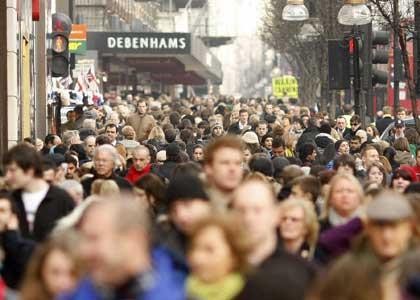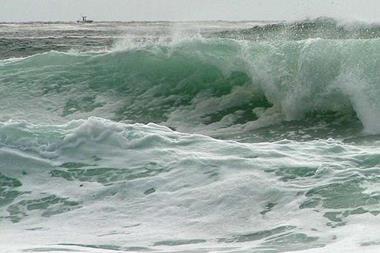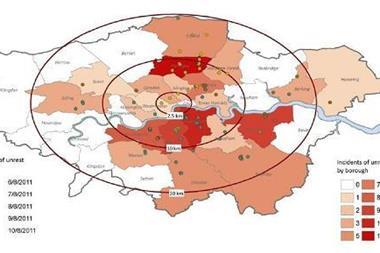The world’s population hit seven billion on October 31. StrategicRISK explores the risks of a crowded earth

Population growth comes with some very real risks many of which will have a huge impact on multinational businesses.
The earth’s population has exploded this past century, jumping from only two billion in 1927 to four billion in 1974 and six billion in 1999. National Geographic estimates that the numbers could increase to as much as nine billion in 2045.
This kind of unparalleled rapid expansion has some very serious and long term effects for people and businesses all over the world.
More people means more demand for the earth’s resources, such as food and water. Can the earth cope with so much more demand? Can we produce enough food in a manner that won’t destroy the environment for future generations?
Dr Charlie Beldon, principal environmental analyst at Maplecroft, told StrategicRISK that modern farming techniques, while necessary to feed the world’s hungry, can produce their own risks. “The higher use of pesticides and fertilisers can pollute lakes and rivers. An added pressure on water supplies comes with urbanisation - and poor access to sanitation, particularly in cities, can lead to rapid pollution of local water supplies and carries significant health risks.”
Food shortages will naturally hit developing economies the hardest. Dr. Beldon says China, India and Nigeria are the most unfortunate ones. Health risks that develop from water pollution and chemicals could affect the resiliency of some communities, says Beldon, particularly those in developing countries.
A much larger global population is also increasing the strain on groaning modern infrastructure. It’s likely to mean more than just traffic jams and crowded trains during rush hour. Combined with an unexpected catastrophe, such as an earthquake or tsunami, it could lead to serious supply chain issues or public health problems (due to supply breakdowns).
“This is particularly crucial with respect to the provision of safe amenities such as drinking water and electricity,” explained Dr. Beldon. “If the evolution of city infrastructure does not keep pace with the increasing population, thousands of people could be left with a lack of access to water or a reliable electricity supply.”
The effect of natural disasters on a global supply chain was demonstrated recently when heavy rain and flooding in Thailand forced Western Digital and Honda to close over 1000 factories.
Exacerbating these problems further is the need for cities to expand onto catastrophe prone land or flood plains.Sadly it is the poorest people and least able to cope who are likely to be pushed into the riskiest regions. Poor governance and corruption both play a part here.




















No comments yet